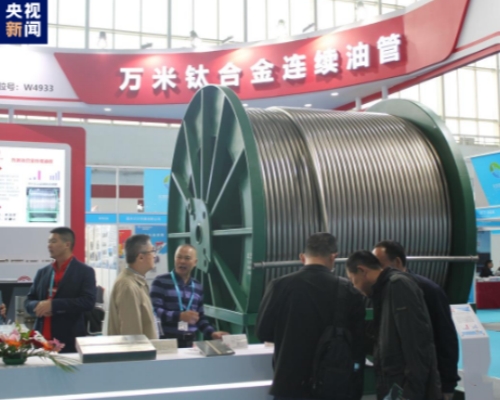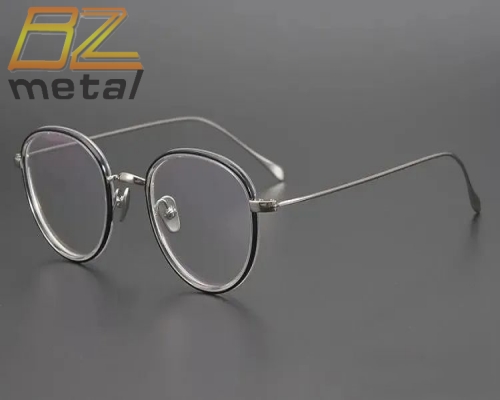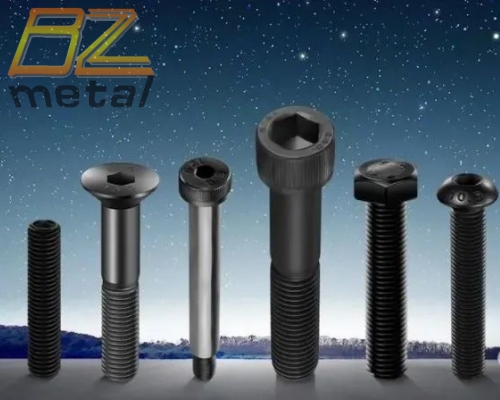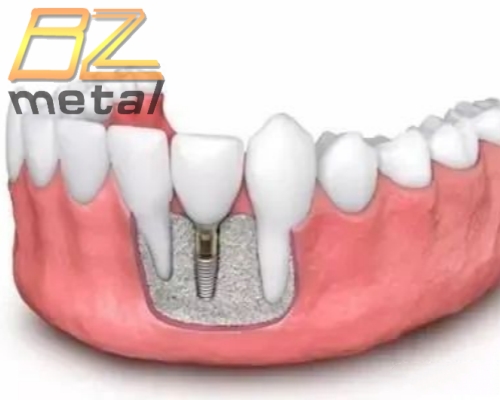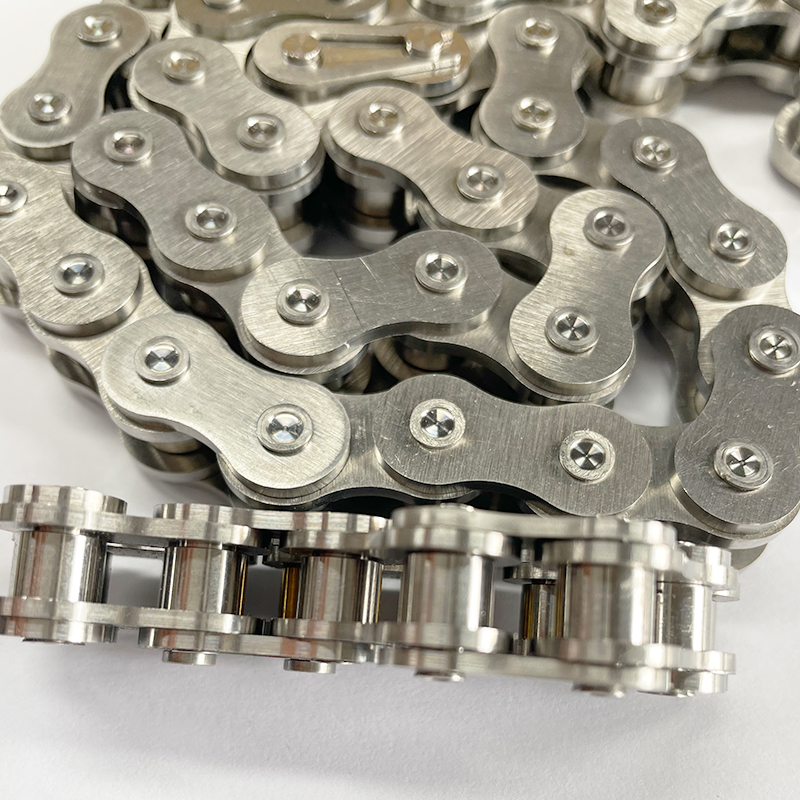Why do Aviation Materials Have To Use Titanium Alloy?
Why do Aviation Materials Have To Use Titanium Alloy?
Titanium and aviation have an indissoluble bond. In 1953, titanium was used for the first time on the DC-T engine pod and fireproof wall produced by Douglas in the United States, thus unveiling the history of titanium aviation applications. Since then, titanium has been used in aviation for more than half a century. Titanium can be widely used in aviation because it has many valuable characteristics suitable for aircraft applications. Today we will talk about why titanium alloy must be used for aviation materials.
1. Introduction of Titanium
In 1948, DuPont used the magnesium method to produce titanium sponge in tons-this marked the beginning of the industrial production of titanium sponge, that is, titanium. Because titanium alloy has the characteristics of high specific strength, good corrosion resistance and high heat resistance, it is widely used in various fields.
Titanium is rich in content in the earth's crust,ranking ninth in content, much higher than common metals such as copper, zinc, tin and so on. Titanium is widely present in many rocks, especially sand, gravel and clay.
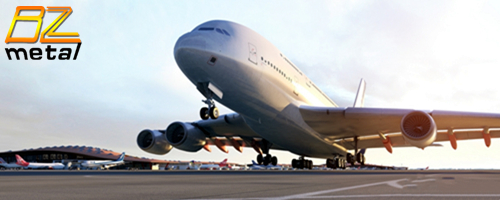
2. Characteristics of Titanium
1) High Specific Strength:it is 1.3 times that of aluminum alloy,1.6 times that of magnesium alloy,3.5 times that of stainless steel,and the champion in metal materials.
2) High Thermal Strength: the use temperature is several hundred degrees higher than that of aluminum alloy, and it can work for a long time at a temperature of 450 ~ 500℃.
3) Good Corrosion Resistance: acid resistance, alkali resistance, atmospheric corrosion resistance,pitting corrosion, stress corrosion resistance is particularly strong.
4) Good Low Temperature performance: titanium alloy TA7(Ti-5Al-2.5Sn) with very low gap elements can maintain a certain plasticity at -253℃.
5) Large Chemical Activity: at high temperatures, the chemical activity is very high,and it easily reacts with hydrogen, oxygen and other gas impurities in the air to form a hardened layer.
6) Small Thermal Conductivity, Small Elastic Modulus: the thermal conductivity is about 1/4 of nickel,1/5 of iron, and 1/14 of aluminum, while the thermal conductivity of various titanium alloys is about 50% lower than the thermal conductivity of titanium. The elastic modulus of titanium alloy is about 1/2 of steel.
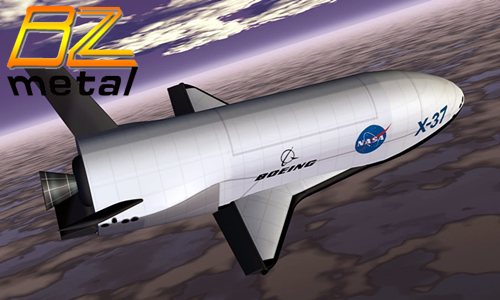
3. Classification and Use of Titanium Alloys
According to the use of titanium alloys can be divided into: heat-resistant alloys, high-strength alloys, corrosion-resistant alloys (titanium-molybdenum, titanium-palladium alloys, etc.), low-temperature alloys and special functional alloys (titanium-iron hydrogen storage materials and titanium-nickel memory alloys) and so on.
Although the history of titanium and its alloys is not long, due to its superior performance, it has won a number of glorious titles. The first title won is "Space metal". It is light in weight, strong in strength and high in temperature resistance, especially suitable for the manufacture of aircraft and various spacecraft. At present, about three-quarters of the titanium and titanium alloys produced in the world are used in the aerospace industry. Many parts that originally used aluminum alloy were replaced with titanium alloy.

